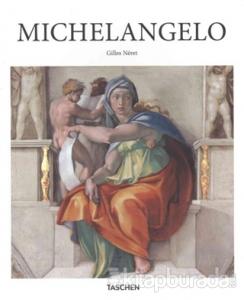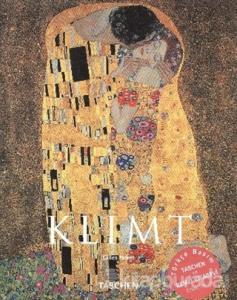Teknik Bilgiler
Stok Kodu
9783836536295
Boyut
285-375
Sayfa Sayısı
334
Baskı
1
Basım Tarihi
2013-12
Kapak Türü
Karton
Kağıt Türü
2.Hamur
Dili
İngilizce
Henri MatisseCut-outs - Drawing With Scissors
212,50TL
Satışta değil
9783836536295
562744

https://www.kitapburada.com/kitap/henri-matisse
Henri Matisse Cut-outs - Drawing With Scissors
212.50
The revolutionary late-period work by Matisse
Towards the end of his monumental career as a painter, sculptor, and lithographer, an elderly, sickly Matisse was unable to stand and use a paintbrush for a longer period of time. In this late phase of his lifehe was almost 80 years of agehe developed the technique of carving into color, creating bright, bold paper cut-outs. Though dismissed by some contemporary critics as the folly of a senile old man, these gouaches decoupées (gouache cut-outs) in fact represented a revolution in modern art, a whole new medium that re-imagined the age-old conflict between color and line.
This fresh, standard TASCHEN edition of our original prize-winning XL volume provides a thorough historical context to Matisses cut-outs, tracing their roots in his 1930 trip to Tahiti, through to his final years in Nice. It includes many photos of Matisse, some rare images, by Henri Cartier-Bresson and the filmmaker F.W. Murnau and text from Matisse, publisher E. Tériade, the poets Louis Aragon, Henri Michaux, and Pierre Reverdy, and Matisses son-in-law, Georges Duthuit.
In their deceptive simplicity, the cut-outs achieved both a sculptural quality and an early minimalist abstraction which would profoundly influence generations of artists to come. Exuberant, multi-hued, and often grand in scale, these works are true pillars of 20th century art, and as bold and innovative to behold today as they were in Matisses lifetime.
Towards the end of his monumental career as a painter, sculptor, and lithographer, an elderly, sickly Matisse was unable to stand and use a paintbrush for a longer period of time. In this late phase of his lifehe was almost 80 years of agehe developed the technique of carving into color, creating bright, bold paper cut-outs. Though dismissed by some contemporary critics as the folly of a senile old man, these gouaches decoupées (gouache cut-outs) in fact represented a revolution in modern art, a whole new medium that re-imagined the age-old conflict between color and line.
This fresh, standard TASCHEN edition of our original prize-winning XL volume provides a thorough historical context to Matisses cut-outs, tracing their roots in his 1930 trip to Tahiti, through to his final years in Nice. It includes many photos of Matisse, some rare images, by Henri Cartier-Bresson and the filmmaker F.W. Murnau and text from Matisse, publisher E. Tériade, the poets Louis Aragon, Henri Michaux, and Pierre Reverdy, and Matisses son-in-law, Georges Duthuit.
In their deceptive simplicity, the cut-outs achieved both a sculptural quality and an early minimalist abstraction which would profoundly influence generations of artists to come. Exuberant, multi-hued, and often grand in scale, these works are true pillars of 20th century art, and as bold and innovative to behold today as they were in Matisses lifetime.
- Açıklama
- The revolutionary late-period work by Matisse
Towards the end of his monumental career as a painter, sculptor, and lithographer, an elderly, sickly Matisse was unable to stand and use a paintbrush for a longer period of time. In this late phase of his lifehe was almost 80 years of agehe developed the technique of carving into color, creating bright, bold paper cut-outs. Though dismissed by some contemporary critics as the folly of a senile old man, these gouaches decoupées (gouache cut-outs) in fact represented a revolution in modern art, a whole new medium that re-imagined the age-old conflict between color and line.
This fresh, standard TASCHEN edition of our original prize-winning XL volume provides a thorough historical context to Matisses cut-outs, tracing their roots in his 1930 trip to Tahiti, through to his final years in Nice. It includes many photos of Matisse, some rare images, by Henri Cartier-Bresson and the filmmaker F.W. Murnau and text from Matisse, publisher E. Tériade, the poets Louis Aragon, Henri Michaux, and Pierre Reverdy, and Matisses son-in-law, Georges Duthuit.
In their deceptive simplicity, the cut-outs achieved both a sculptural quality and an early minimalist abstraction which would profoundly influence generations of artists to come. Exuberant, multi-hued, and often grand in scale, these works are true pillars of 20th century art, and as bold and innovative to behold today as they were in Matisses lifetime.
- Yorumlar
- Yorum yazBu kitaba henüz kimse yorum yapmamıştır.




